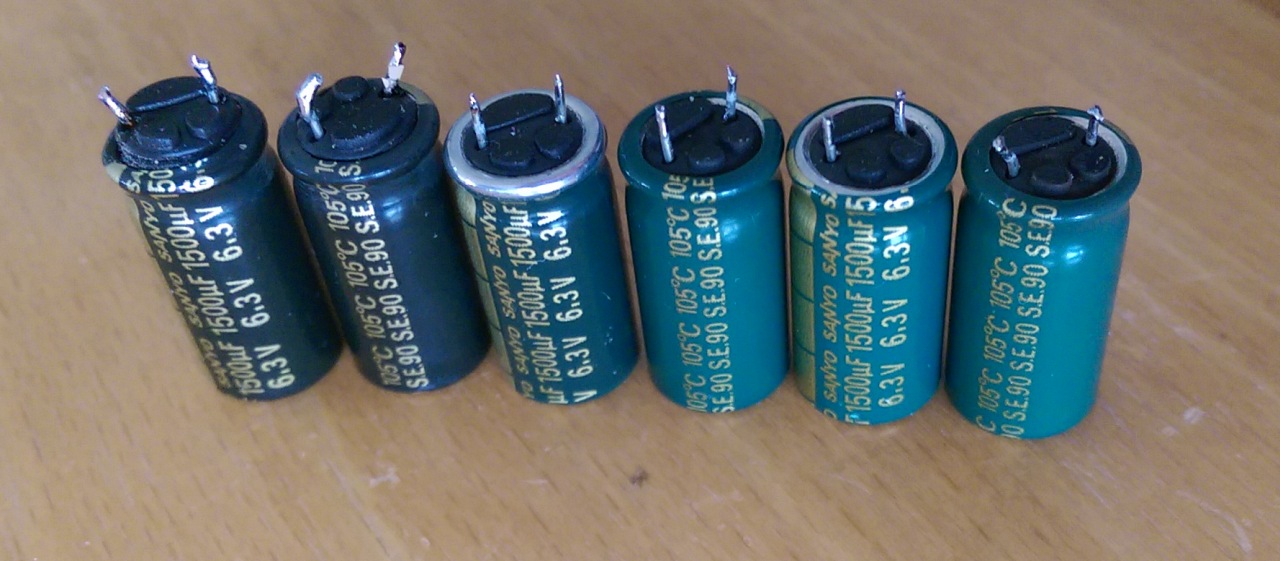Re: best cheap/free scores 1.1
^^You can say that again

^^You can say that again





 (Wait, does anyone even do that anymore, lol?)
(Wait, does anyone even do that anymore, lol?)

 I "process" >30 machines in a single day! Attached are some photos of the "giveaways" headed out the door. The photos are ~10 years old, which explains the "vintage" of the machines. Typically, they are retired (given away) after 1.5 - 3 years. E.g., we're retiring i5's and i7's, now.
I "process" >30 machines in a single day! Attached are some photos of the "giveaways" headed out the door. The photos are ~10 years old, which explains the "vintage" of the machines. Typically, they are retired (given away) after 1.5 - 3 years. E.g., we're retiring i5's and i7's, now.
Comment